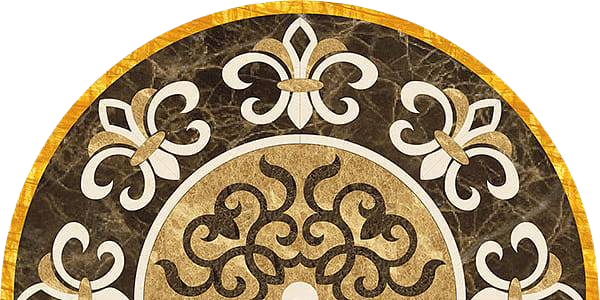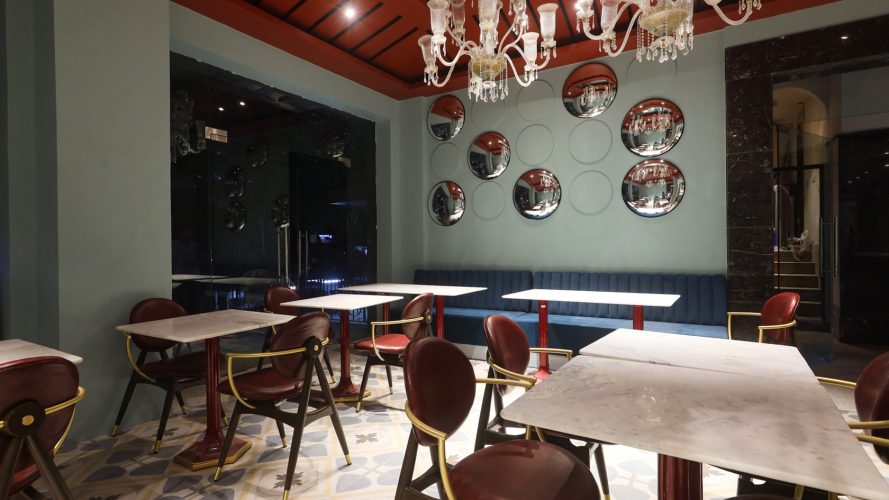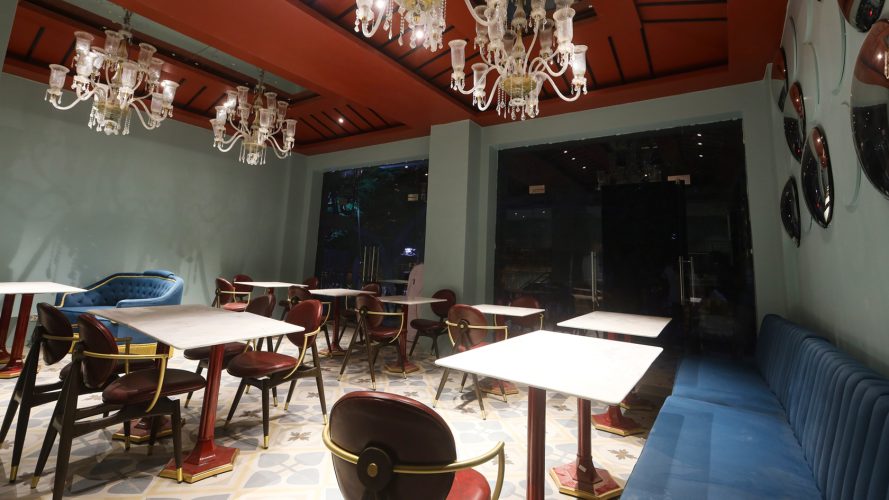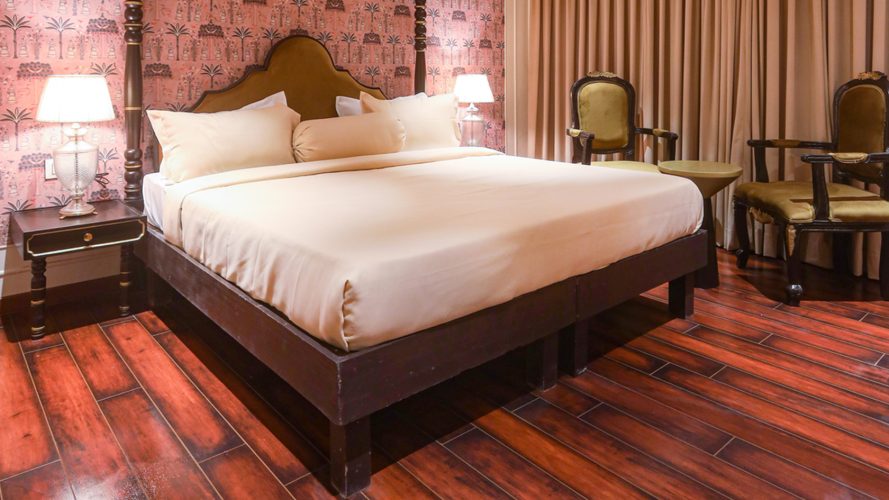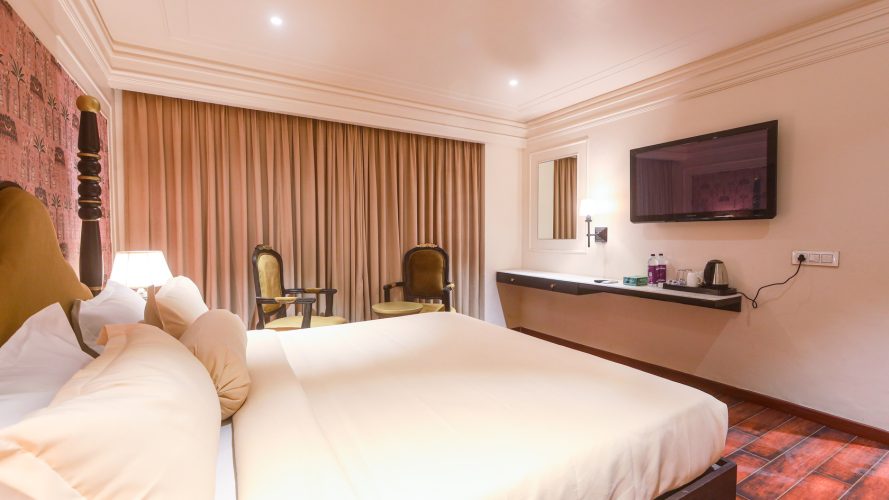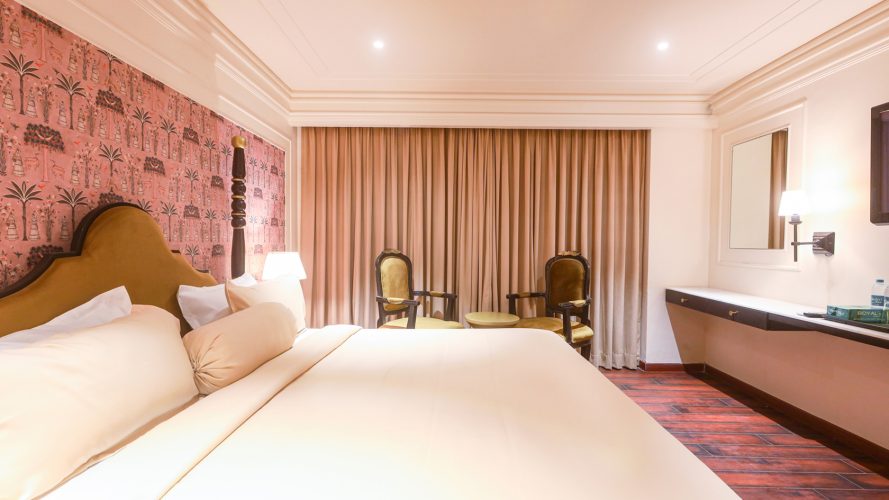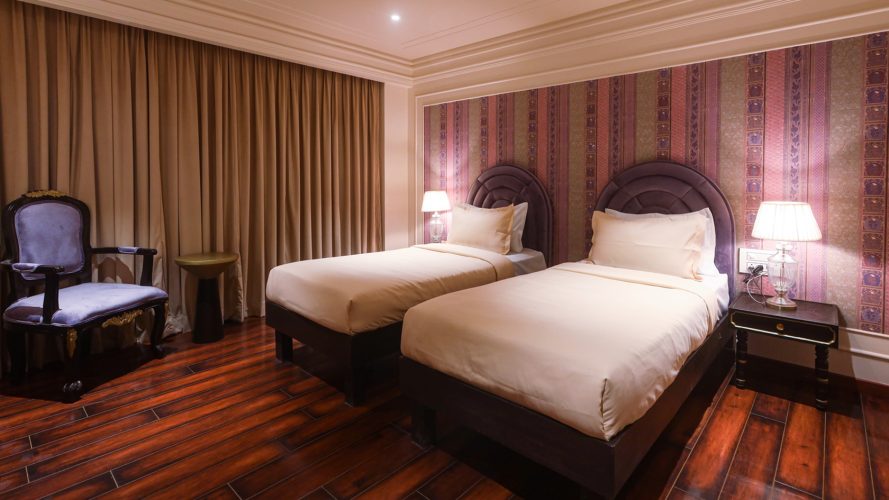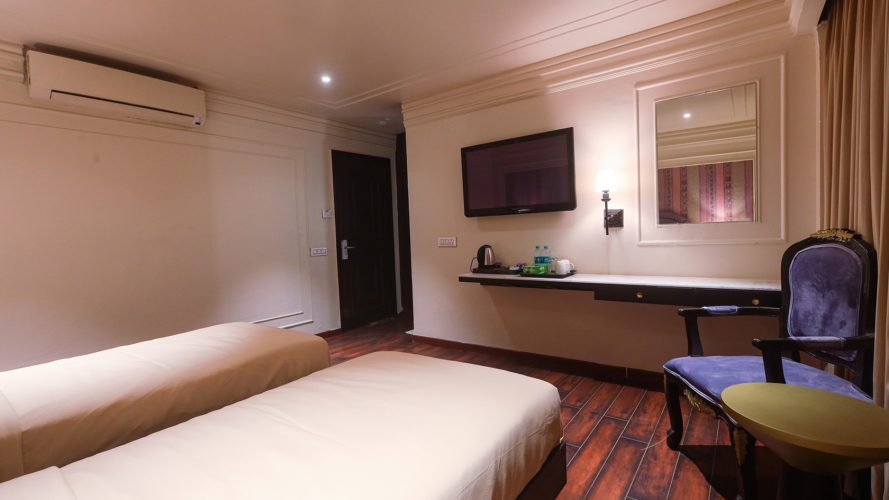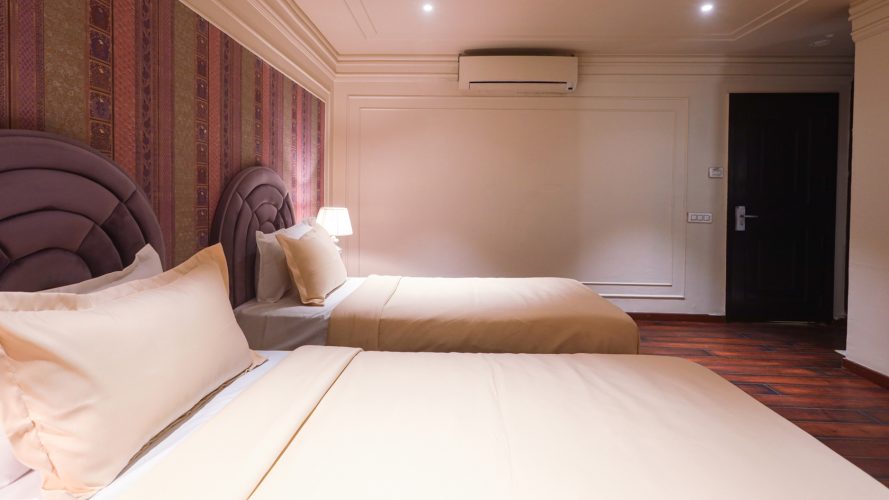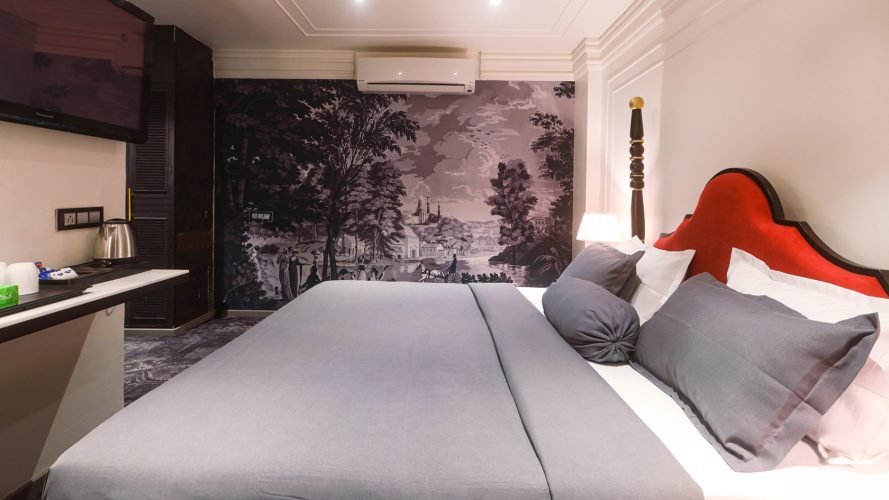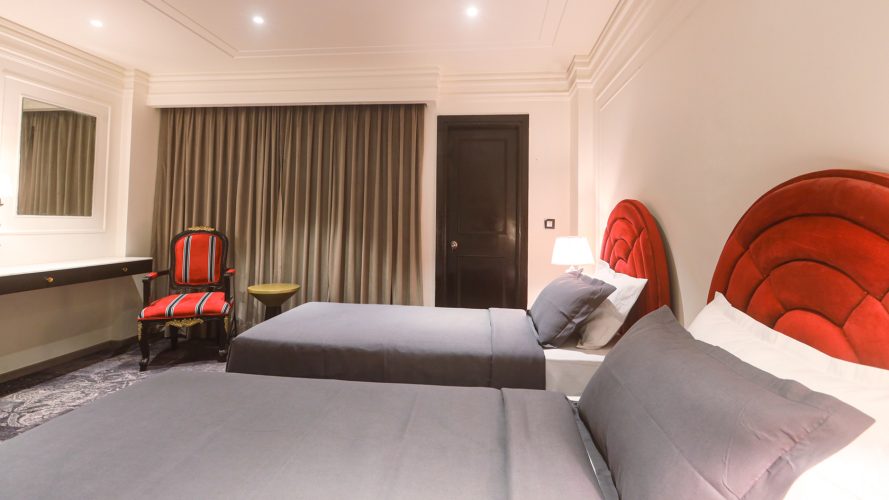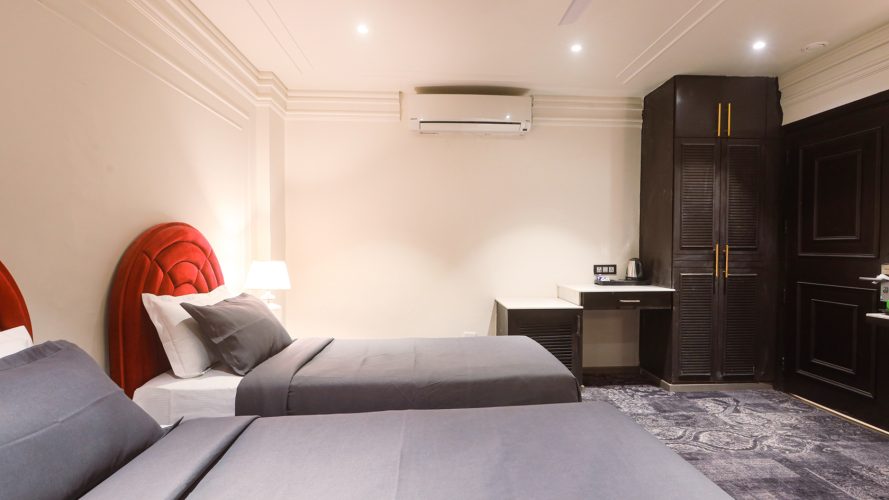The Lotus Temple, an architectural marvel and spiritual haven, stands as one of Delhi’s most iconic landmarks. Known for its unique lotus-shaped design, the temple is a testament to peace, harmony, and unity. In this guide, we’ll delve into its history, architectural brilliance, visiting hours, and entry details, offering a complete picture of why this temple is a must-visit.
1. Lotus Temple Delhi Information
The Lotus Temple, officially known as the Bahá’í House of Worship, is situated in the bustling city of Delhi. It’s one of seven Bahá’í temples worldwide and serves as a place for people of all religions to gather and worship. Since its inauguration in 1986, the temple has welcomed millions of visitors, making it one of the most visited buildings in the world.
The temple’s lotus-like shape symbolizes purity and peace, representing the central tenet of the Bahá’í faith: the unity of all people and religions. The Bahá’í faith encourages individuals from all walks of life to come together in prayer and meditation, which is reflected in the temple’s open-door policy.
2. Lotus Temple History
The history of the Lotus Temple is intertwined with the principles of the Bahá’í faith. The Bahá’í religion, founded in the 19th century by Bahá’u’lláh in Persia, promotes universal peace and the oneness of humanity. The temple was designed by Iranian architect Fariborz Sahba, who drew inspiration from the lotus flower, a symbol of purity across many cultures and religions.
Construction began in 1978 and concluded in 1986, funded entirely by the Bahá’í community. The temple was dedicated to promoting unity and peace, becoming a place where people from all backgrounds can reflect on their spiritual beliefs.
3. Lotus Temple Architecture
The architecture of the Lotus Temple is a stunning example of modern design combined with traditional symbolism. The temple is composed of 27 free-standing marble-clad petals arranged in clusters of three to form nine sides. This architectural feat allows for a seamless blend of natural beauty and human ingenuity.
The structure covers an area of 26 acres and features nine doors that open onto a central hall, capable of accommodating up to 2,500 people. The temple’s design incorporates the principles of light and space, with the interior bathed in natural sunlight streaming through its glass roof.
The lotus shape not only enhances the temple’s aesthetic appeal but also underscores its spiritual significance. The surrounding pools and gardens further emphasize the temple’s serene and tranquil atmosphere, inviting visitors to meditate and reflect.
4. Lotus Temple Visiting Hours
The Lotus Temple is open to visitors from Tuesday to Sunday, with the following visiting hours:
- Summer (April to September): 9:00 AM to 7:00 PM
- Winter (October to March): 9:00 AM to 5:30 PM
The temple is closed on Mondays and during major Bahá’í holy days. Visitors are encouraged to check the temple’s official website or contact the temple administration for any changes in timings or special events.
To enjoy a more peaceful experience and avoid crowds, visiting early in the morning or late in the afternoon is advisable.
5. Lotus Temple Entry Fee
One of the remarkable aspects of the Lotus Temple is that entry is free for all visitors. The Bahá’í faith emphasizes the importance of accessibility and inclusivity, allowing everyone to experience the temple without any financial burden.
While entry is free, donations are welcome and can be made at the temple to support its maintenance and activities. There are no additional charges for photography, but visitors are advised to follow the temple’s guidelines regarding respectful behavior and photography etiquette.
6. Visitor Tips and Guidelines
Practical Tips:
- Dress Appropriately: Visitors should wear modest clothing that covers the shoulders and knees to respect the sanctity of the temple.
- Footwear: Shoes must be removed before entering the temple, so wearing easily removable footwear is recommended.
- Quiet Reflection: The temple is a place for meditation and prayer, so maintaining silence inside the main hall is encouraged.
- Photography: Photography is permitted outside the temple but is restricted inside the main hall to preserve the atmosphere of reverence.
Facilities:
- Restrooms: Restroom facilities are available for visitors.
- Parking: Ample parking space is provided for those arriving by private vehicle.
- Information Center: An information center at the entrance offers brochures and guidance to enhance your visit.
If you are planning to visit the Lotus Temple and explore other attractions in Delhi, consider booking your stay at Saga Hotel, one of the best hotels in South Delhi. Conveniently located, Saga Hotel offers luxurious accommodations with top-notch amenities, ensuring a comfortable and memorable experience. Whether you’re returning from a day of sightseeing or attending to business in the city, Saga Hotel provides a serene retreat with exceptional service and hospitality.
7. Conclusion
The Lotus Temple is more than just an architectural wonder; it is a beacon of peace and unity that draws visitors from around the world. With its captivating design and inclusive philosophy, the temple invites people of all faiths to explore their spirituality in a serene environment. Whether you’re a history buff, an architecture enthusiast, or someone seeking spiritual solace, the Lotus Temple promises an enriching experience.

